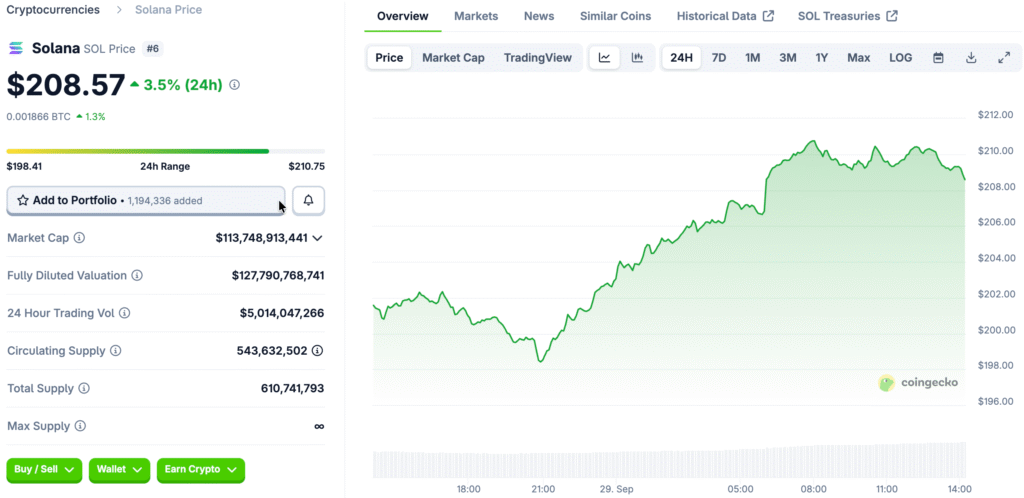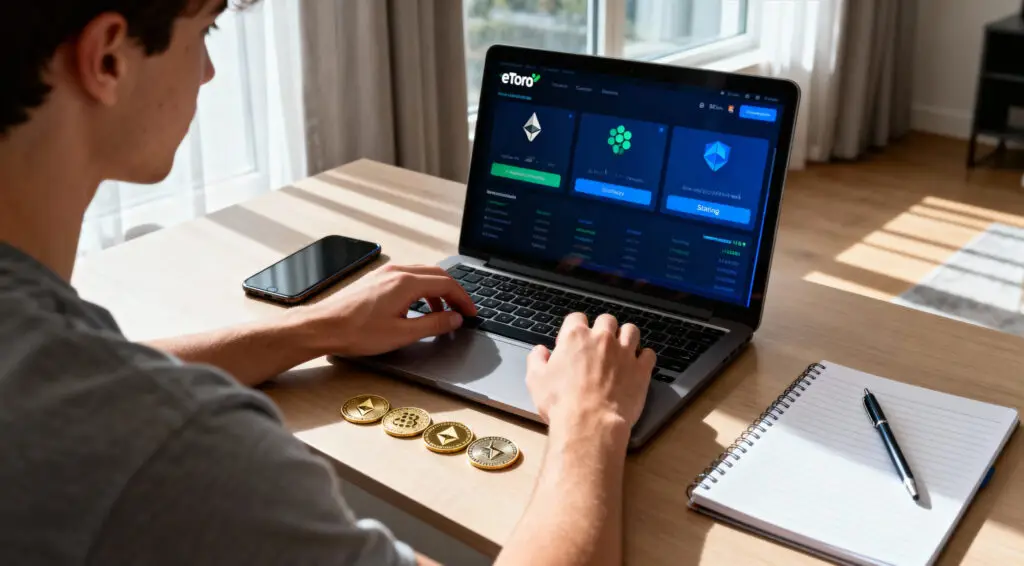Solana’s Plan to Get Rid of Block Size Limits
Solana developers are getting ready for a big update that will get rid of all current block size limits to make the network work better in the future. The goal of the change is to let block sizes grow and shrink based on the hardware of the validators. This will greatly increase the number of transactions the network can handle.
The Firedancer team thinks that this upgrade will make the most of throughput, which will cut down on congestion and improve the user experience during busy times. Solana wants to process more transactions per block by getting rid of limits. This could lead to much higher validator rewards and more activity in the ecosystem as a whole.

Validator Participation Faces Significant Shifts
If there are no limits on block size, validators might compete to quickly upgrade their hardware. During times of high network demand, large validators with better infrastructure may have an advantage because they can process more transactions and get more rewards.
Smaller validators may have a hard time competing as the costs of running their businesses go up because of stricter technical standards. This imbalance could make the network less diverse over time, making it harder for new people to join and giving more power to a small group of well-funded operators.
Centralization Risks Could Intensify
Experts say that larger block sizes could unintentionally give a few powerful validators more control. As wealthier operators grow faster, they may gain too much power, which goes against the principles of decentralization and makes the whole ecosystem more vulnerable to regulation.
Centralization might also make the network more vulnerable to censorship, manipulation of governance, or coordination problems. If fewer validators are involved in a meaningful way, the system’s resilience may go down, which could lower trust and make Solana less competitive with other decentralized networks.
Recommended Article: Solana Open Interest Surge Fails To Prevent Bearish Decline
What Solana Can Learn from Ethereum
Ethereum’s gradual changes to its block gas limits can serve as a good model for the changes that Solana wants to make. Gradual implementation lets validators and developers adjust, which lowers the risk of systemic instability that could happen if the network changes suddenly.
Ethereum’s successful upgrades have depended on community agreement. Validator alignment and communication made it easier to move from one step to the next and reduced risk. Solana could benefit from using similar strategies, putting collaborative governance in place, and getting a lot of stakeholders involved before making big changes.
Throughput Improvements Offer Promising Benefits
Removing block size limits could greatly increase Solana’s transaction throughput, making the network more competitive, as long as it is done carefully. Faster processing speeds might lower the cost of transactions, bring in more users, and improve the ecosystem’s reputation among developers looking for efficient blockchain solutions.
More capacity could also speed up the process of adding new decentralized apps. Developers might choose Solana because it can handle more users, which helps the network grow and makes it a top high-performance blockchain platform around the world.
Balancing Speed and Decentralization Is Crucial
Solana’s problem is how to get more throughput without losing validator diversity and security. To keep the network healthy and open in the long run, a careful implementation plan needs to take into account differences in hardware, governance safeguards, and incentives.
A balanced approach would include phased rollouts, talking to the community, and flexible systems. These steps could keep things decentralized while also making them easier to scale, which would stop any unintended problems that might come up from upgrades that are too aggressive.
A Pivotal Moment for Solana’s Evolution
The removal of Solana’s block size limit is a turning point that could change how it is run and how it works. The choices we make now will affect decentralization, validator participation, and competition for years to come. This means that careful planning is necessary for long-term growth.
If Solana can learn from Ethereum and keep a lot of validators involved, it might be able to improve both its performance and its ability to withstand attacks. This is a good time to strategically strengthen Solana’s ecosystem and make sure it stays important in the changing world of blockchain.



















